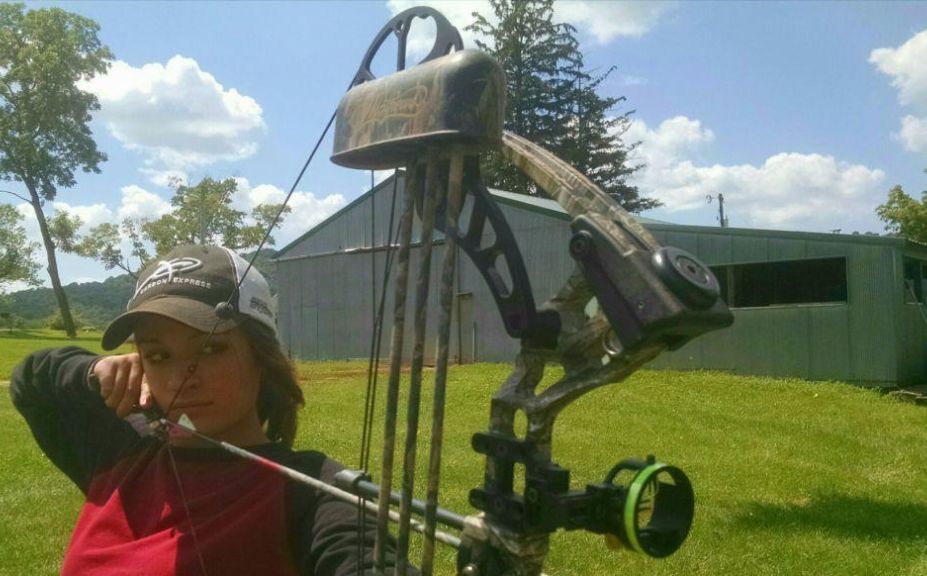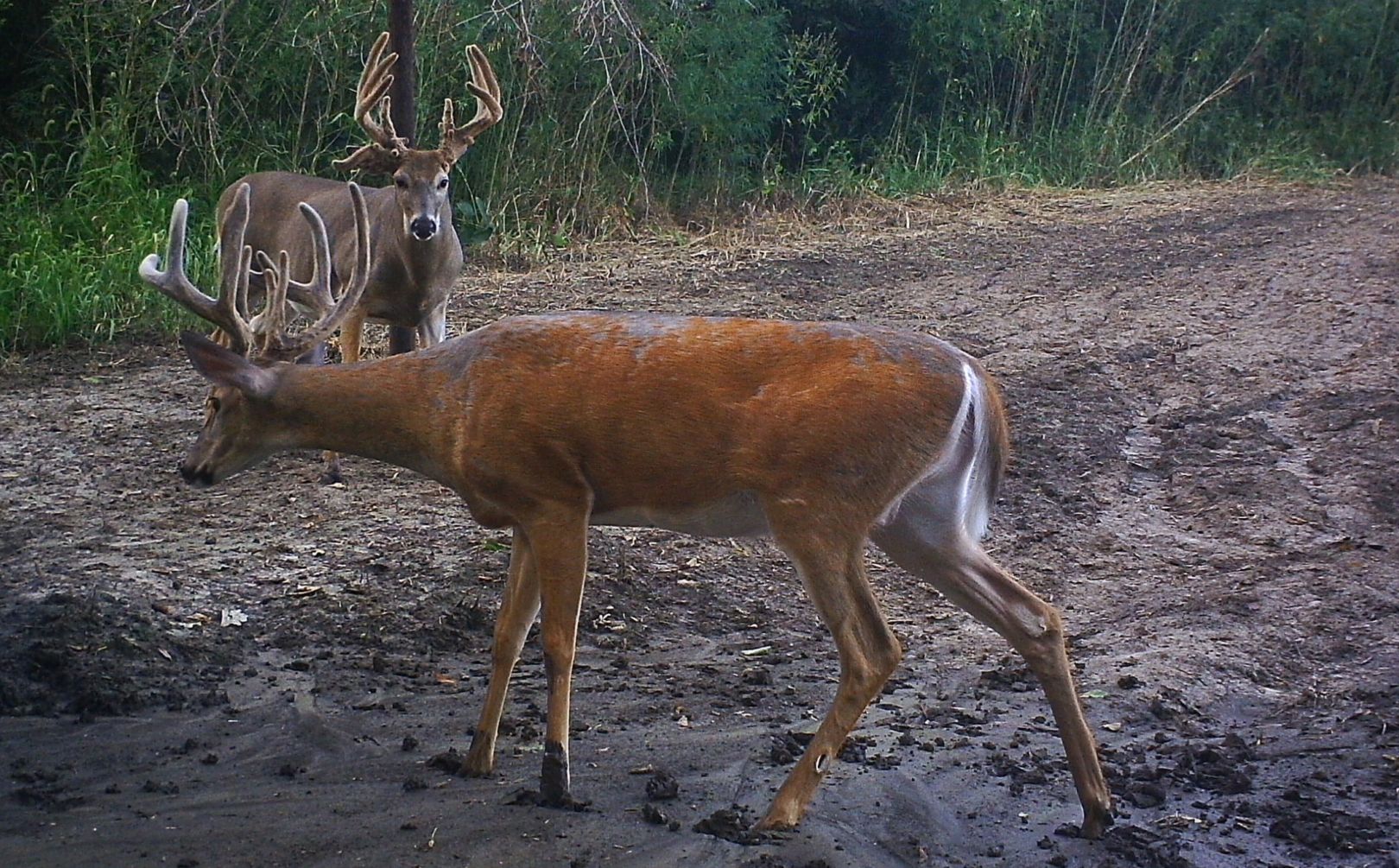Prepare for an unforgettable hunting experience with our expert early bow season tips. Whether you’re a seasoned archer or just starting out, these insights will elevate your skills and maximize your chances of a successful hunt.
Embrace the thrill of the early bow season as we delve into the essential aspects of scouting, gear preparation, shot placement, hunting strategies, and safety considerations.
Pre-Season Scouting

Scouting is essential before the early bow season to identify potential hunting spots and patterns of deer movement. It allows you to gather information about the deer population, their behavior, and the terrain you’ll be hunting in.
Identifying Potential Hunting Spots
- Observe deer sign, such as tracks, droppings, and rubs, to identify areas where deer are active.
- Look for food sources, such as acorns, browse, and agricultural fields, that attract deer.
- Identify natural travel corridors, such as trails, creek beds, and ridges, that deer use to move through the area.
Using Trail Cameras
Trail cameras can provide valuable information about deer activity and patterns. Place cameras in areas where you expect deer to travel or feed. Monitor the cameras regularly to identify deer movement patterns, individual deer, and potential hunting spots.
Gear Preparation

Early bow season hunting demands specific gear tailored to the unique challenges and opportunities it presents. This section will delve into the essential equipment and considerations for a successful early season hunt.
Bow Selection
The choice of bow depends on individual preferences and hunting style. Compound bows offer a smooth draw cycle and high accuracy, making them suitable for both target and hunting situations. Traditional bows, on the other hand, provide a more authentic hunting experience and can be more compact for maneuverability in dense vegetation.
Arrow Selection
Arrows should be matched to the bow’s draw weight and arrow velocity. Lighter arrows fly faster but may lack penetration power, while heavier arrows penetrate better but may be slower and less accurate. Carbon fiber arrows are popular for their durability and consistency, while aluminum arrows offer a more budget-friendly option.
Broadhead Selection
Broadheads are the business end of the arrow and play a crucial role in ethical and effective hunting. Fixed-blade broadheads provide a reliable and durable option, while mechanical broadheads expand on impact, creating a larger wound channel. The choice between fixed-blade and mechanical broadheads depends on the hunter’s preferences and the target species.
Shot Placement

Accurate shot placement is crucial for ethical hunting. A well-placed shot results in a quick and humane kill, while a poorly placed shot can lead to a wounded animal that suffers unnecessarily.
The vital zones on a deer are the heart, lungs, and brain. The heart is located just behind the front leg, while the lungs are located behind the heart. The brain is located in the skull. A shot to any of these vital zones will quickly kill the deer.
Practicing Shot Placement
The best way to improve your shot placement is to practice. You can practice at a shooting range or in the field. When practicing, focus on placing your shots in the vital zones.
- Start by shooting at a target at a close range.
- As you become more accurate, gradually increase the distance to the target.
- Use a variety of targets, including paper targets, 3D targets, and live animals.
Hunting Strategies
Early bow season hunting strategies revolve around understanding deer behavior and adapting to their patterns. Hunters can choose from spot-and-stalk, treestand, and ground blind techniques, each with its advantages and suitability for different terrain and deer activity.
Spot-and-stalk, Early bow season tips
Spot-and-stalk hunting involves actively searching for deer and approaching them stealthily. This technique is best suited for open areas or areas with minimal cover where deer can be spotted from a distance. Hunters must move quietly and patiently, using natural cover and terrain features to conceal their movements.
Spot-and-stalk hunting requires a high level of skill and knowledge of deer behavior, but it can be rewarding for experienced hunters.
Treestand
Treestand hunting involves setting up an elevated platform in a tree to gain a vantage point and ambush deer. Treestands are effective in areas with dense vegetation or limited visibility, allowing hunters to remain concealed while scanning for deer. They are also useful for hunting in areas with high deer traffic, such as food sources or travel corridors.
Hunters must carefully select tree locations and take precautions to minimize noise and movement while in the treestand.
Ground blind
Ground blind hunting involves using a portable or permanent structure to conceal hunters from deer. Ground blinds are typically set up in areas where deer are known to feed or travel, and they offer a comfortable and well-camouflaged environment for hunters.
Ground blinds are less effective in open areas but can be very effective in areas with dense vegetation or brush. Hunters must take care to select blind locations carefully and minimize noise and movement while inside.
Safety Considerations

Bow hunting is an exciting and rewarding activity, but it’s important to remember that safety should always come first. Taking the necessary precautions can help prevent accidents and ensure a successful and enjoyable hunting experience.
One of the most important safety considerations is the proper use of tree stands. Tree stands provide an elevated vantage point, but they can also be dangerous if not used correctly. Always inspect your tree stand before using it, and make sure it is securely attached to the tree.
Use a safety harness whenever you are in a tree stand, and never climb or descend a tree stand with a loaded bow.
Another important safety consideration is wearing blaze orange. Blaze orange is a bright, fluorescent color that makes you more visible to other hunters. Wearing blaze orange can help prevent accidents by making you more visible in the woods.
Finally, it is important to follow ethical hunting practices. This includes respecting the game you are hunting, and following all applicable hunting laws and regulations. Ethical hunting practices help to ensure the sustainability of the sport and protect the wildlife population.
Proper Use of Tree Stands
- Always inspect your tree stand before using it.
- Make sure your tree stand is securely attached to the tree.
- Use a safety harness whenever you are in a tree stand.
- Never climb or descend a tree stand with a loaded bow.
Importance of Wearing Blaze Orange
Blaze orange is a bright, fluorescent color that makes you more visible to other hunters.
Wearing blaze orange can help prevent accidents by making you more visible in the woods.
Ethical Hunting Practices
- Respect the game you are hunting.
- Follow all applicable hunting laws and regulations.
Outcome Summary: Early Bow Season Tips

As the early bow season draws to a close, reflect on the lessons learned and the memories made. Embrace the challenges and triumphs that have shaped your hunting journey, and continue to refine your skills with each passing season.
Remember, the pursuit of game is not just about filling tags but about the camaraderie, the connection with nature, and the enduring legacy of the hunt. May your future endeavors be filled with success and unforgettable experiences.
Essential Questionnaire
What is the most important factor for successful early bow season hunting?
Pre-season scouting is crucial for identifying potential hunting spots and understanding deer movement patterns.
What type of bow is best for early bow season hunting?
The choice of bow depends on your personal preferences and hunting style. Compound bows offer greater accuracy and power, while recurve bows provide a more traditional experience.
How can I improve my shot placement?
Practice regularly to develop muscle memory and improve your accuracy. Use a target with vital zone markings to simulate real-world hunting scenarios.
What are the most effective hunting strategies for early bow season?
Spot-and-stalk hunting allows for a more active approach, while treestand and ground blind hunting provide greater concealment and opportunities for ambush.
What safety precautions should I take while bow hunting?
Always wear blaze orange for visibility, use a tree stand with a safety harness, and follow ethical hunting practices to minimize accidents.
